Shangri-La is a fictional place described in the 1933 novel Lost Horizon by British author James Hilton. Hilton describes Shangri-La as a mystical, harmonious valley, gently guided from a lamasery, enclosed in the western end of the Kunlun Mountains. Shangri-La has become synonymous with any earthly paradise, and particularly a mythical Himalayan utopia — a permanently happy land, isolated from the outside world.
The opening of Shangri-La Hotel, Lhasa in Tibet marks a sort of homecoming for the hotel group, as the legendary Shangri-La – the mythical "paradise on earth" set in the Himalayas – was the inspiration for the Hong Kong-based luxury hotel brand.
The newly-built 289-room luxury property has been designed to provide guests with an authentic window onto Tibetan culture and hospitality. Guests are greeted with the offering of a hada (a traditional ceremonial white silk scarf) and the throwing of barley on the chema (a wooden container used by Tibetans to pray for a bumper harvest) before being escorted to their guestroom where they will be served yak butter tea in Tibetan pots.

On departure, guests are sent off to the sound of the hotel staff singing traditional Tibetan songs and playing Tibetan string instruments.
"It is extremely important wherever we operate hotels that we embrace the local community and culture and our hotels reflect this authentically in both their design and offerings," said Ester Marcaida, general manager of Shangri-La Hotel, Lhasa.
Travellers to one of the most fabled, mythical destinations on Earth can take in the stunning scenery as well as explore Lhasa's culturally significant Buddhist sites, including the Potala Palace and Norbulingka Palace, both of which are within walking distance from the hotel.
Lhasa, the administrative centre of Tibet, is set on a plateau soaring 3,650 metres above sea level - highest plateau on the planet - and is encircled by mountains, glaciers and desert-like landscape.
Guests will catch one of many enchanting views of the Potala Palace upon arrival at the hotel.
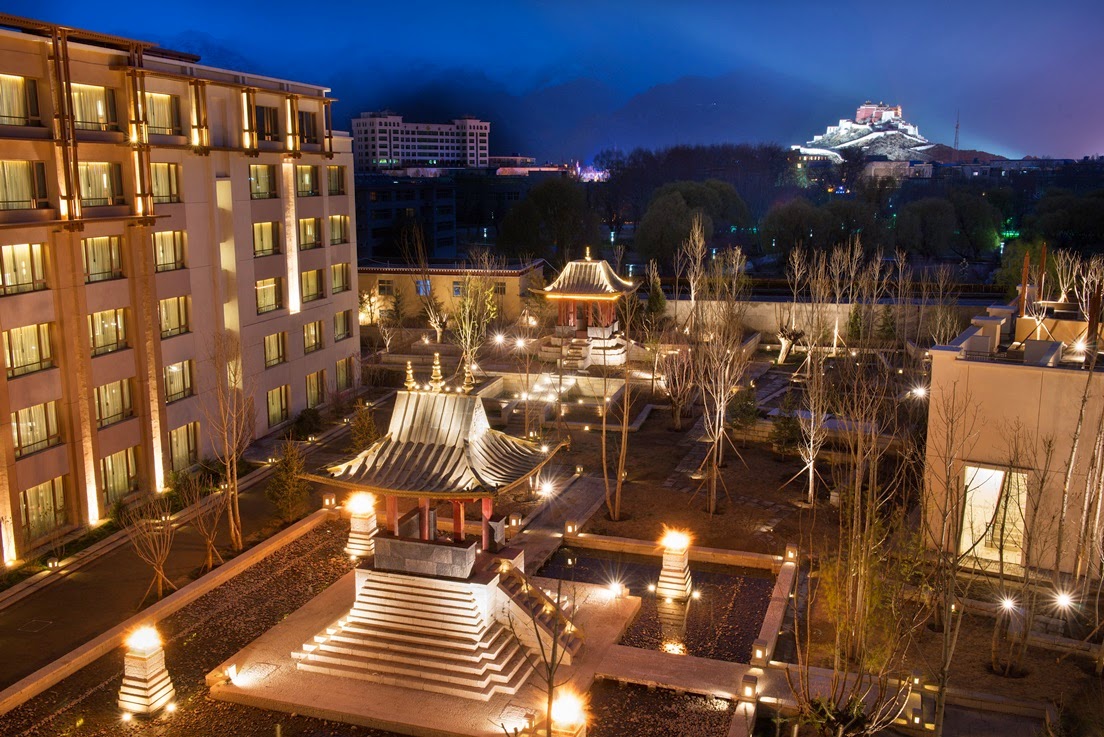
After passing through the hotel's impressive Tibetan gate, they will discover a traditional Linka garden planted with indigenous plants and flowers and bookmarked by two hand-crafted pavilions illuminated by yak butter lamps in the evening.
Inside the hotel, the lobby's design pays homage to elements found in traditional Tibetan culture.
The visual anchor of the lobby lounge is a 6.5-metre bell-like chandelier made from 61,000 pieces of crystal and draped in flowing red fabric. The chandelier is reminiscent of a prayer wheel and is complemented by the lounge's warm tones and earthy colours which are drawn from thangkas (Tibetan paintings).
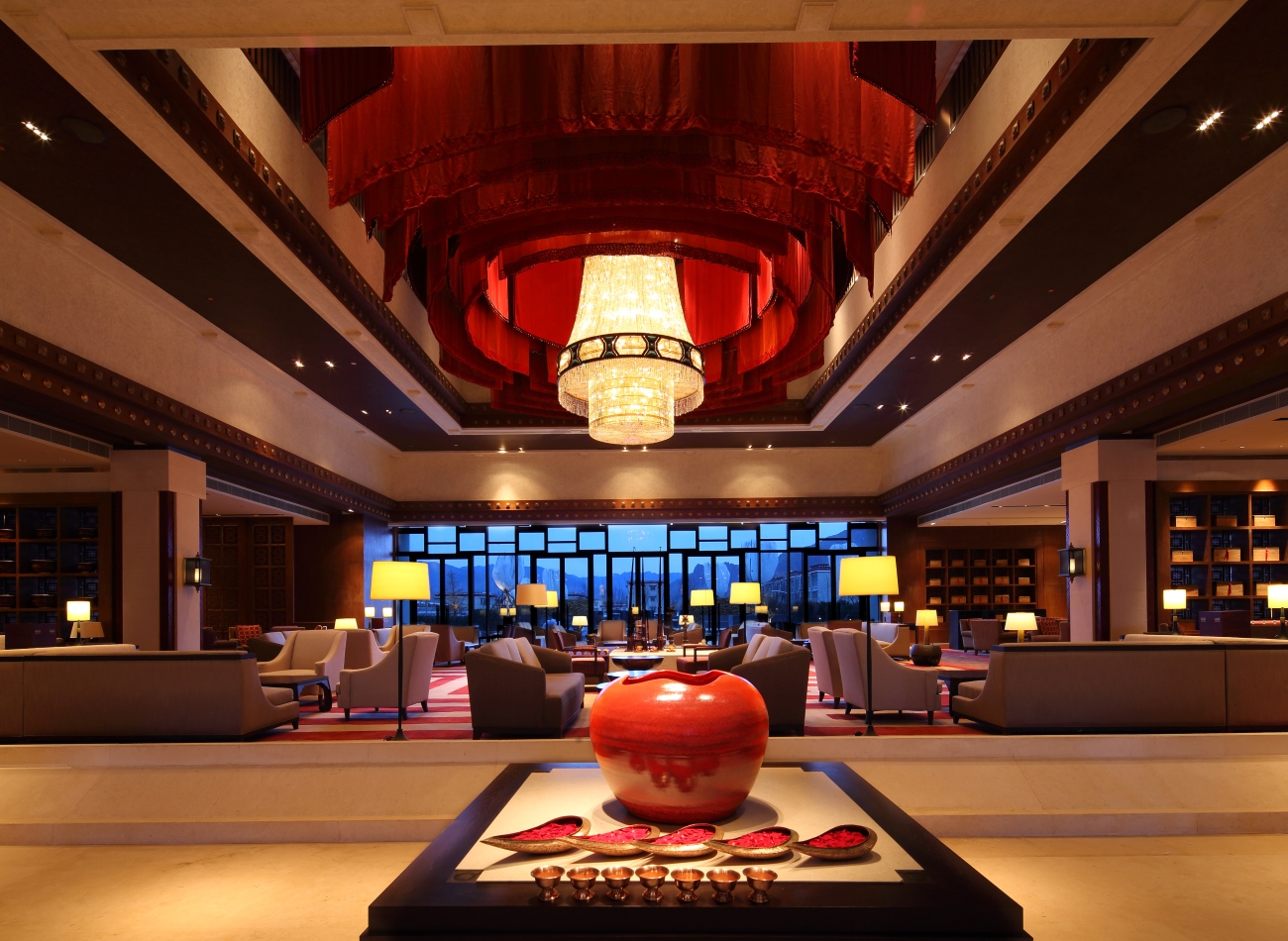
A floating cloud installation creates a dream-like space at the hotel reception; Signifying unity and strength, the ancient Tibetan symbols of swirling clouds are made into a contemporary work of art using hammered oxidised bronze.
Warmly lit corridors and colourful carpets embedded with the cloud motif lead the way to the hotel's 262 luxurious guestrooms and 17 expansive suites. Rooms are spacious with a minimum size of 42 square metres. Each room category highlights the bold colours and delicate details found in Tibetan culture, dress and art.
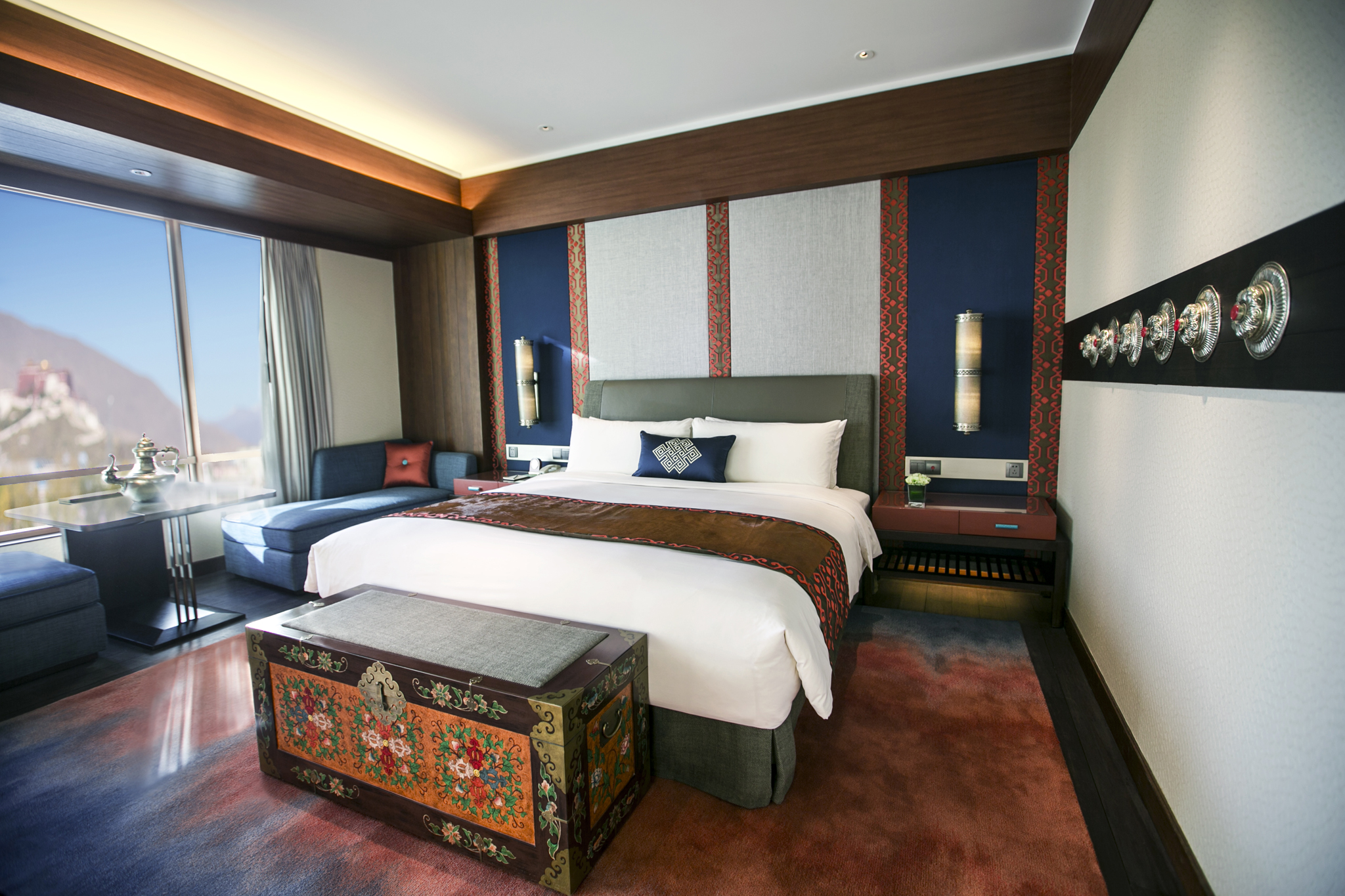
The resort also offers first oxygen lounge in a hotel as well as a full-service clinic. Inside the glass-walled lounge the oxygen level is the same as that at sea level, so guests can breathe comfortably while relaxing and enjoying reflexology treatments.
In addition, guests can unwind in CHI, The Spa, which offers signature massages and facials along with a menu of Tibetan-inspired treatments. Leisure facilities also include a fully equipped gym and a 25-metre indoor swimming pool.
For more information, go to //www.shangri-la.com/lhasa/shangrila/

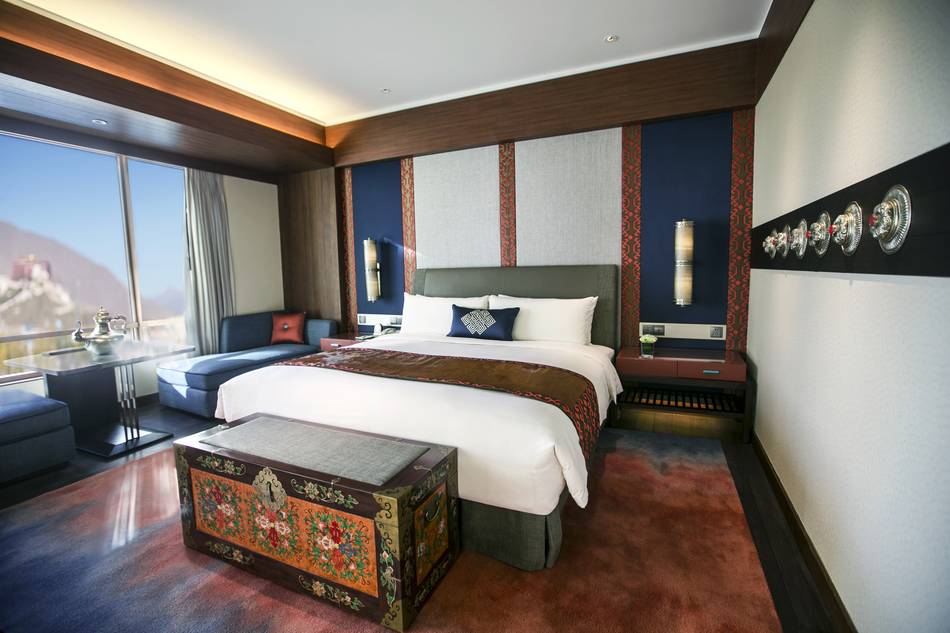
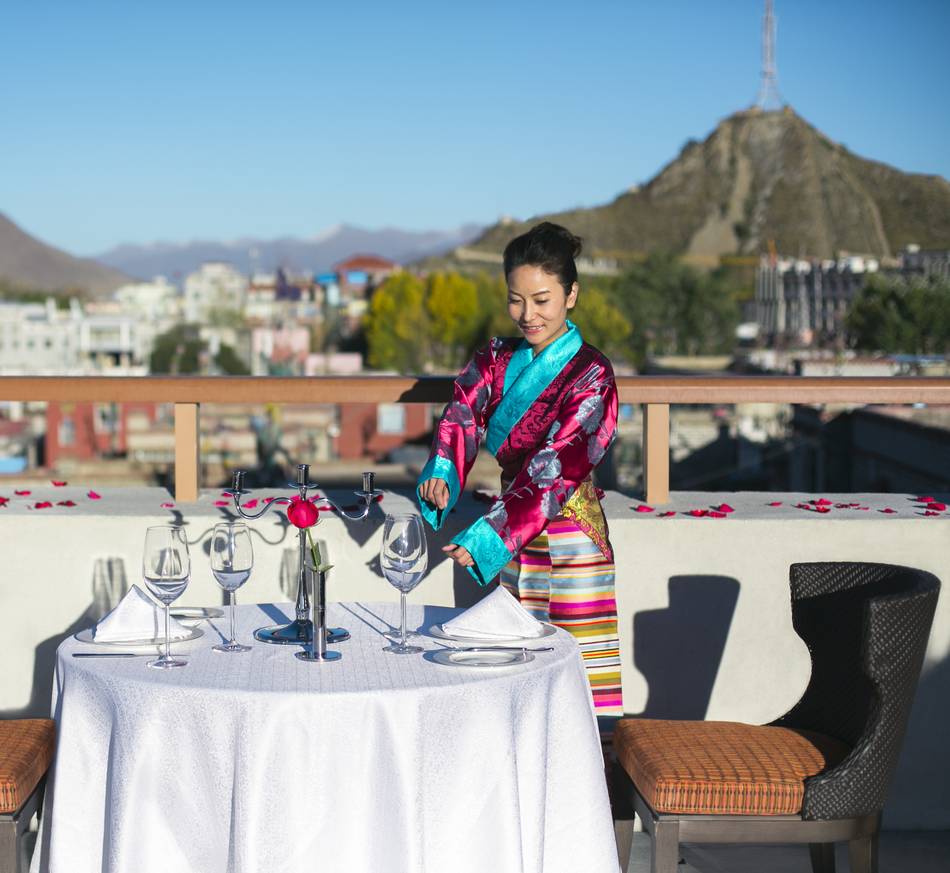
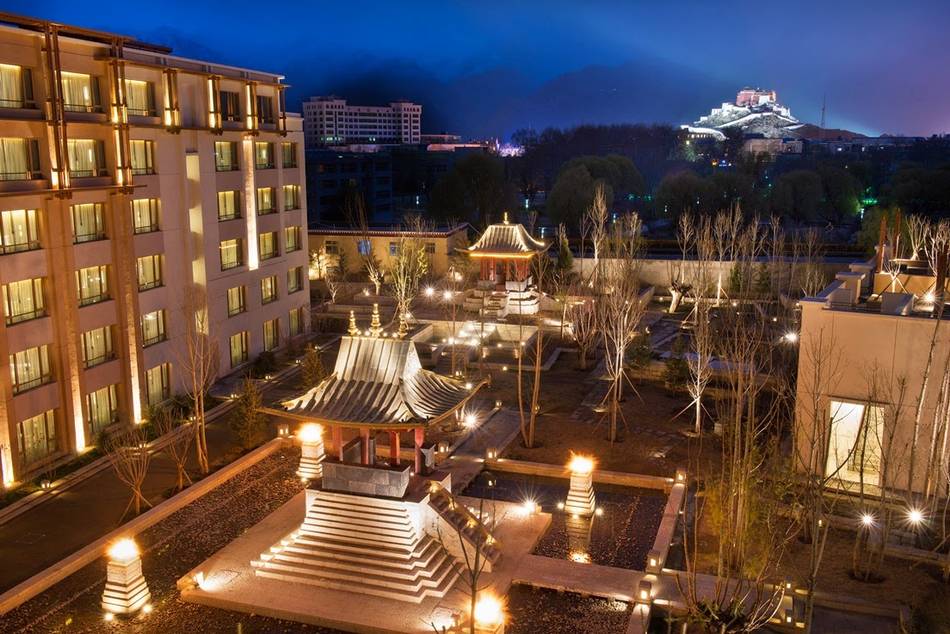
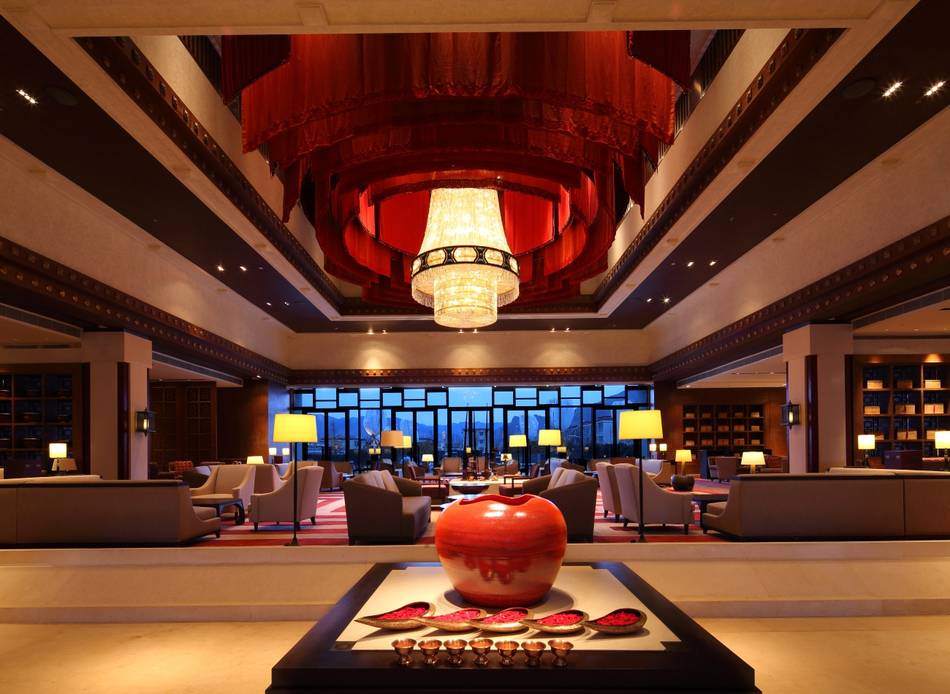





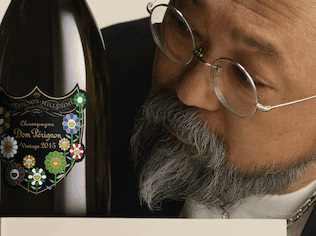









SENATUS Member Comments